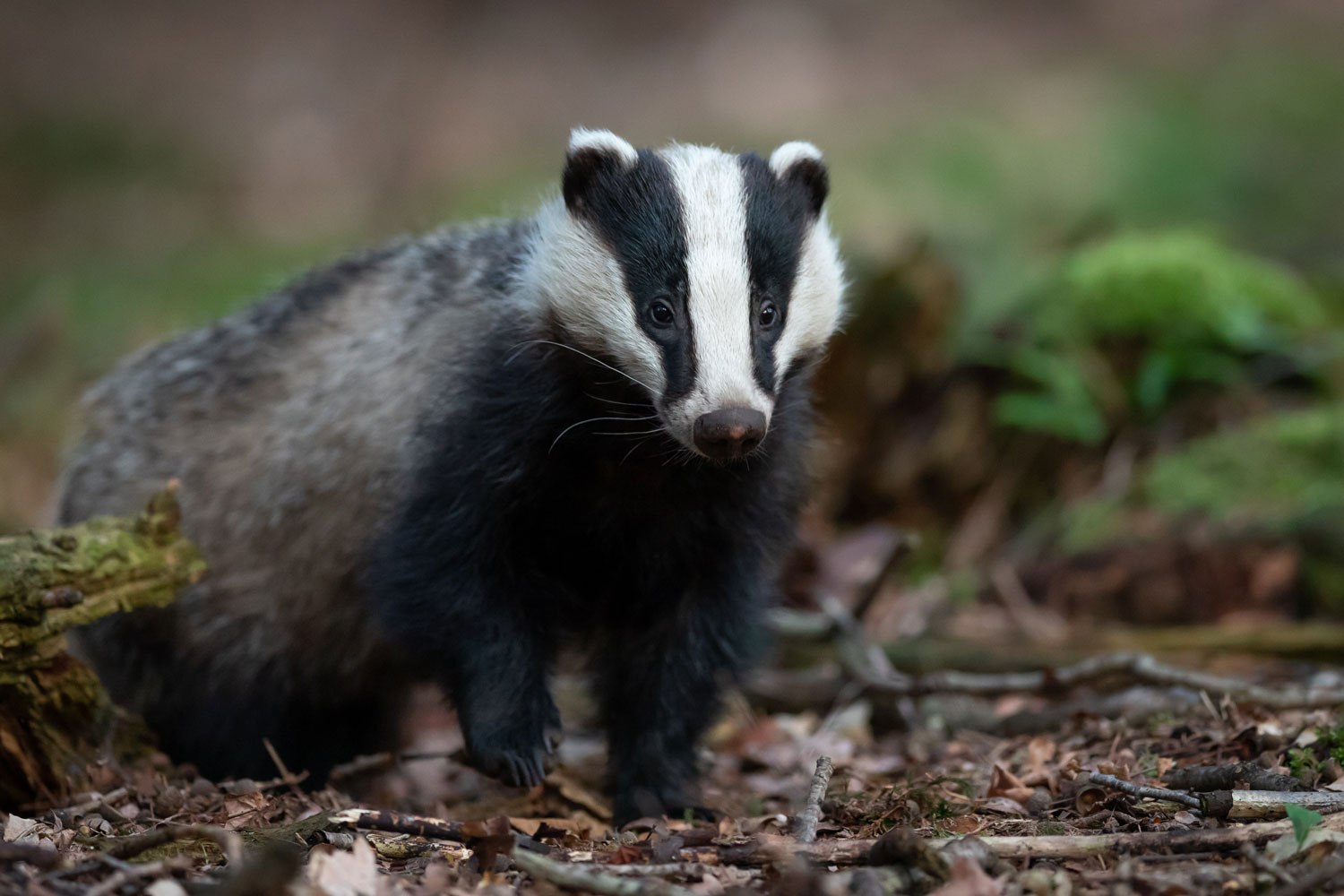Millions of viewers have followed Jeremy Clarkson’s forays into farming in the hit documentary Clarkson’s Farm, as the notoriously grumpy presenter grapples with agricultural issues.
In the first of our series of blogs, we look at his Clarkson's gripes with local badgers – and what farmers can legally do to keep them under control.
“Kill the badgers!’ That was Jeremy Clarkson’s typically robust response when told by his advisor, ‘Cheerful Charlie’, that his plans to start a beef business at his Diddly Squat Farm could be scuppered because it is in a high-risk area for tuberculosis (TB) infection.
Bovine TB, commonly spread by badgers, is devastating for British farmers and is a notifiable disease, so detection can effectively cause a farm to be shut down. Defra estimates that the average cost of an outbreak on a farm is £34,000 – so it’s no wonder Clarkson was keen to keep the black and white beasts at bay.
Frustratingly for him, but fortunately for badgers, the solution isn’t as simple as pulling out a shotgun. The animals have the law on their side – in England and Wales the Protection of Badgers Act 1992 makes it an offence to wilfully kill, injure or take a badger (or attempt to do so), cruelly ill-treat a badger, dig for a badger, obstruct or destroy their setts or cause a dog to enter a sett. Penalties include hefty fines and up to six months imprisonment.
So, for Jeremy Clarkson and his fellow farmers, culling is a no-no – but there are some measures farmers can take to protect livestock.

The most straightforward is fencing or sealing off an area. Badgers are notorious burrowers, so it is recommended that fences are sunk at least half a metre below ground and that specialist fencing, with smaller holes than standard wire fencing, is used.
Alternatives such as galvanised metal sheeting or box iron can be helpful to block the bottom of gates and doors. Badgers can pass through gaps of just 7.5cm so any gaps at the sides should be sealed as well.
It can also be effective to use smooth, solid materials for doors, gates and the sides of buildings, as this can prevent badgers climbing and accessing buildings. Of course, it’s essential to ensure doors and gates are kept closed, especially at night when nocturnal creatures including badgers are on the prowl.
If all else fails, in certain circumstances farmers can apply to the Environment Agency in England or Natural Resources Wales for a licence for the sett to be relocated. This is a complex and often expensive process and a survey of land within a 5km circle of the sett must first be carried out.
These licences are most commonly granted to enable development work or forestry operations to take place, but in some cases may be granted if an applicant can prove that damage is being caused by badgers.
Apart from the above, options remain limited for now – but there is hope for farmers in the endless battle of man vs badger. Field trials are under way of a test and vaccine for cattle that could move us a step closer to eradicating bovine TB – something even grumpy Jeremy might smile about!
The Thrings Agriculture team has been chosen by the NFU to act for its members in more counties than any other firm. Find out more about how we can support farmers, food producers and rural communities on our Information for Farmers page.



